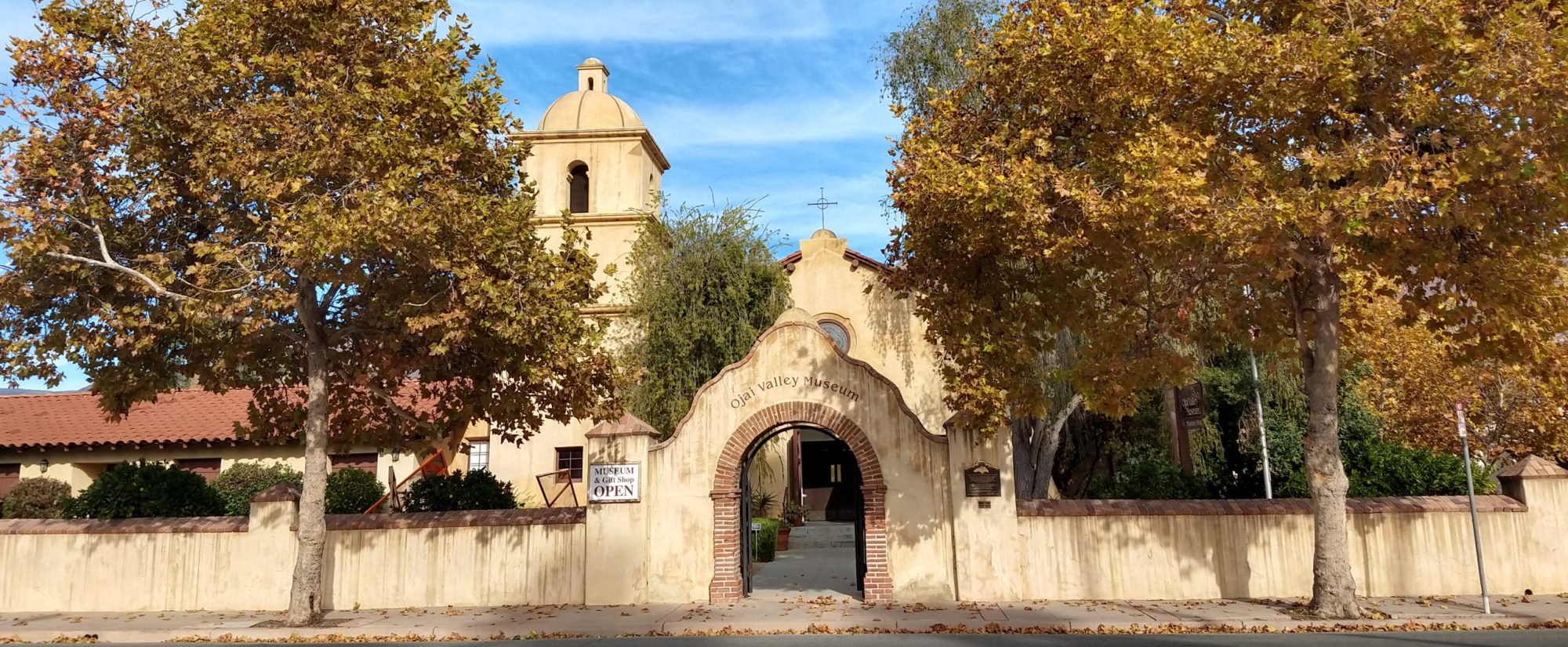The following article first appeared in the August 23, 1989 edition of the “Ojai Valley News” on the Editorial page. The article is reprinted here with the permission of the “Ojai Valley News.” The author is unknown.
Editorial
Let’s keep the Sespe wild
Rep. Robert Lagomarsino is on the right track in his efforts to protect Sespe Creek under the Wild and Scenic Rivers Act, but the California Republican’s plan doesn’t go far enough.
The Sespe is a treasure and its entire 55-mile length should be protected from development.
There is some question whether the full length of the Sespe is eligible for federal protection — some sources say the first eight miles is not — but every avenue that might lead to total preservation should be explored.
The Keep the Sespe Wild Committee is doing just this, and the group is to be commended.
Opponents of full protection and backers of Largomarsino’s bill — H.R. 1473 — contend that Sespe water will eventually be needed to support a growing Ventura County population. This, of course, would eventually require the construction of dams. Some even suggest that dams be in place by the end of the next decade.
We disagree with the water-for-growth issue and support the growing number of people and businesses that back the Keep the Sespe Wild proposal.
The cost of water provided by dams — as much as $1,000 an acre-foot — would be prohibitive and damming the Sespe would be detrimental to area Pacific Ocean beaches since the Sespe is an important environmental link in replenishing the sand.
Some argue that Sespe dams would help ease the problem of declining groundwater and the intrusion of seawater into aquifers, but there are better solutions to these problems.
And, if serious water problems develop years down the road, Congress could change the Sespe designation to allow it to be used as a water source in an emergency.
Again, we believe Keep the Sespe Wild has the best idea.
There are three classifications under the Wild and Scenic Rivers Act — wild, which would allow no roads and no development; scenic, which provides for some roads and some privately-owned land; and recreational, with a lot of private lands, campgrounds or development.
The environmental group proposes that the 5.5 miles from the headwaters to Highway 33 at Adobe Creek to Trout Creek be designated scenic, that the 28.5 miles from Trout Creek to Devil’s Gate be wild and the four miles from Devil’s Gate to the Sespe’s confluence with the Santa Clara River be recreational.
This covers the entire length of the Sespe and is a far better plan than the one in the Congress that would protect only 27.5 miles of this Southern California treasure.

